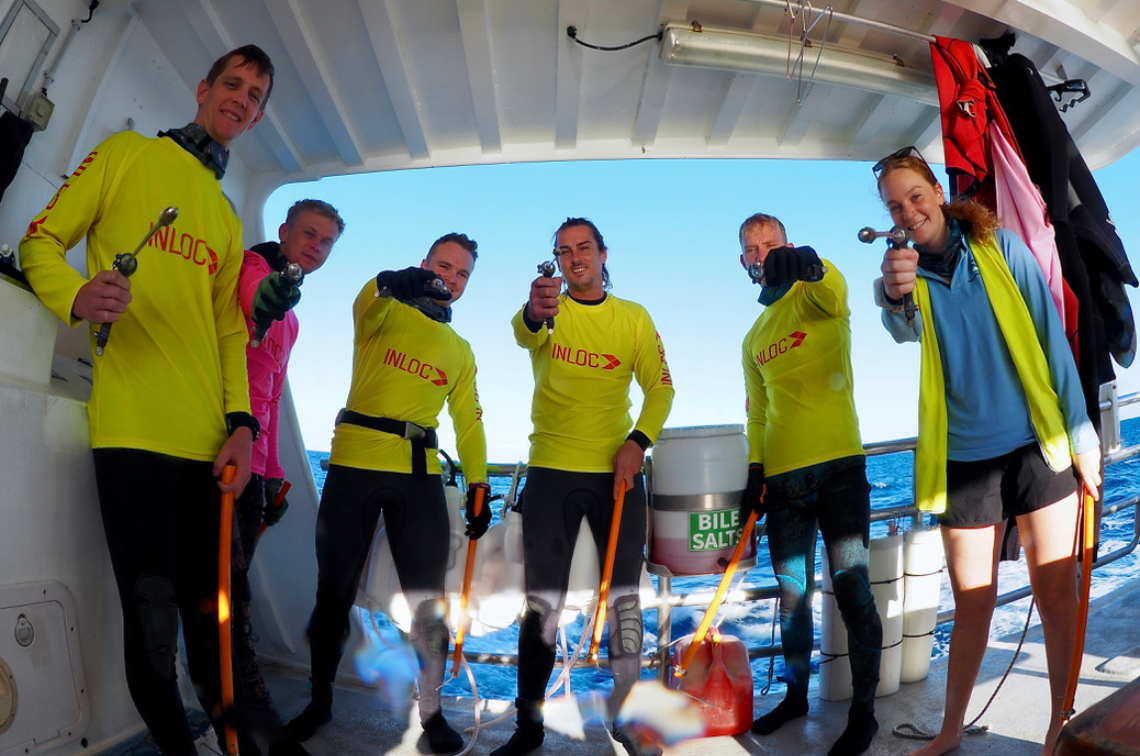The Great Barrier Reef (GBR) faces increasing threats from climate-induced mass bleaching, cyclones, and crown-of-thorns starfish (COTS). To maximise the GBR’s capacity to respond to these threats, it is vital to maintain coral cover and target management actions at the locations that best support the resilience of the GBR.
Of the major threats to the GBR, only COTS can currently be directly managed. Australia’s COTS control program has already acted to reduce coral mortality at over 450 reefs, making it the largest and most successful active coral protection effort on the GBR. However, this covers only about 12% of the GBR’s 3,806 reefs. By making COTS control more efficient, the available resources can be used to protect even more reefs and coral.
This project will focus on developing more efficient methods for controlling COTS, allowing for the protection of more reefs and coral. To maximise the resilience of the GBR, protection must be targeted toward networks of reefs that can function together to rapidly recover from disturbance. By identifying coral larval connectivity clusters and refugia, this project will deepen understanding of the areas and factors that support reef resilience. These insights will help guide targeted management and conservation efforts across the GBR.
Approach
This project will:
- Develop ready-to-use methods for processing and implementing current and new data sources, including cull data, manta data, and advanced analytics, to support better decision-making and boost operational efficiency.
- Use Scooter Assisted Large Area Diver-based (SALAD) surveys to improve detection of low-density COTS populations in the area suspected to initiate new outbreaks, allowing early and efficient intervention.
- Improve understanding of factors that drive the GBR’s resilience by examining coral larval dispersal networks, identifying potential thermal refugia, and mapping risk exposure, combining these data to highlight areas vital for reef recovery.
- Identify strategies that can support coral recovery and reef resilience by focusing protection efforts on areas that contribute most to long-term reef resilience outcomes.
Expected outcomes
- Refinements to the design of the day-to-day control program to increase operational efficiency, allowing more coral and reefs to be protected for the same amount of on-water investment.
- A better understanding of factors that drive COTS outbreaks and expansion of the SALAD method as both a surveillance and control tool.
- Enhanced insight into factors and locations that support the resilience of the GBR to guide where to target coral protection efforts.
- Ultimately, an increase in coral cover on the GBR to make it more resilient to future threats.
Project location
Project leader
Research partners
CSIRO
Research users
Land and sea rangers
Traditional Owners
Great Barrier Reef Marine Park Authority
CSIRO
Great Barrier Reef Foundation
Department of Climate Change, Energy, the Environment and Water
Marine research community
Tourism operators
Other – Project 5.1 – Project 5.2 – Project 5.4 – Project 5.5 – Project 5.6 – Project 5.7 – Project 5.9 – Project 5.10
Marine and Coastal Hub Research Showcase 2025 presentations
Marine and Coastal Hub Research Showcase 2025 presentations. National Environmental Science Program.
Fact sheet – Project 5.4
Project 5.4 Information sheet
NESP Marine and Coastal Hub (2025). Innovations To Support Crown-Of-Thorns Starfish Control and the Resilience of the Great Barrier Reef. Project 5.4 Information sheet. Reef and Rainforest Research Centre, Cairns, Queensland.



